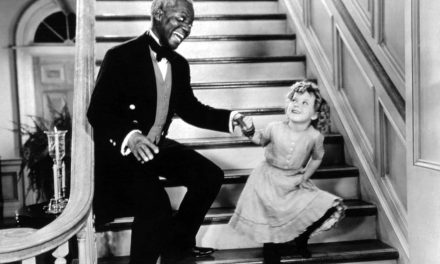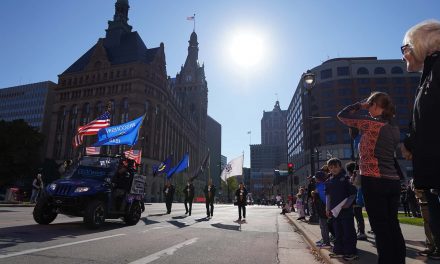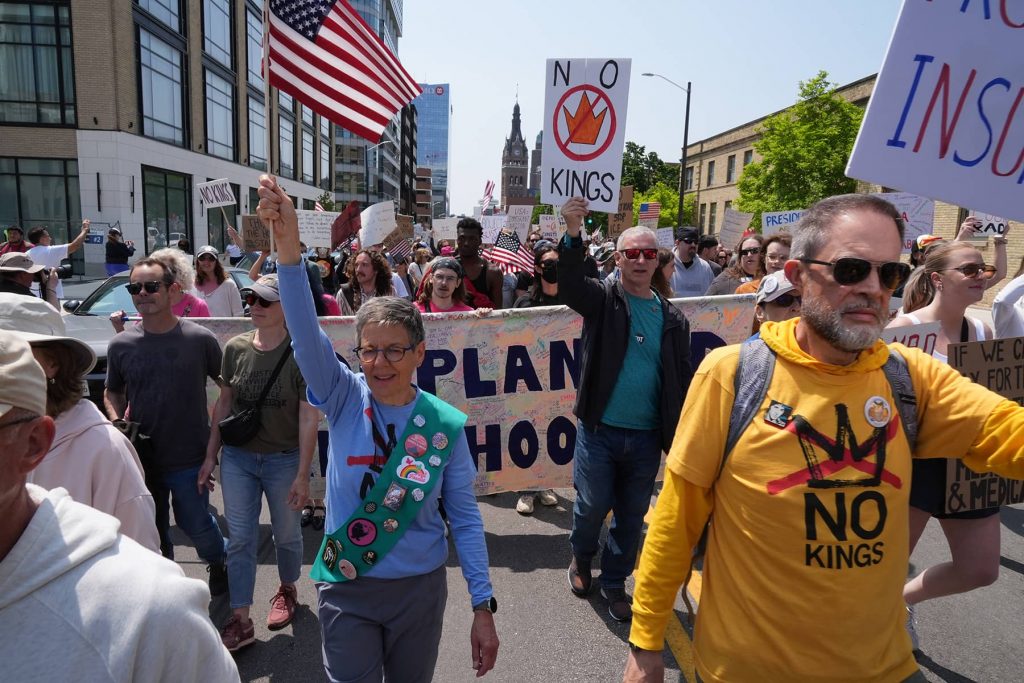
On June 24, the United States Supreme Court overturned Roe v. Wade, the landmark 1973 ruling that legalized abortion nationwide. The so-called “pro-life” crowd in the US has entered into a predictable state of ecstasy following the decision, which will severely complicate life for tens of millions of women across the country – particularly poor women of color, as is inevitable under the system of racialized patriarchal capitalism that Americans call “democracy.”
By coincidence, the Supreme Court action took place exactly one month after the May 24 massacre of 19 students and two teachers at Robb Elementary School in Uvalde, Texas – the latest in a never-ending series of national horrors that ultimately benefit the gun lobby and the arms industry, and that serve to highlight where American priorities lie in terms of human existence.
In a recent hearing before Congress, Texas pediatrician Dr. Roy Guerrero described the scene at Uvalde Memorial Hospital in the aftermath of the massacre: “Two children, whose bodies had been so pulverized by the bullets fired at them, decapitated, whose flesh had been so ripped apart, that the only clue as to their identities was the blood-spattered cartoon clothes still clinging to them. Clinging for life and finding none.”
Which brings us to the conundrum: Why is a clump of cells in a woman’s womb deserving of greater protection by the U.S. Supreme Court than children who actually exist?
Exactly one day prior to the evisceration of Roe v. Wade, the Supreme Court ruled on June 23 that the right to carry a gun outside the home is enshrined by the U.S. Constitution – a “major decision on the meaning of the Second Amendment” concerning the right to bear arms, as NBC News put it. Already, states like Texas had legally exempted handgun owners from possessing any sort of permit or training.
In other words, there is presumably no shortage of weapons-based pulverization, decapitation, and ripping apart of flesh in store for US elementary schools and other public venues in the future – not that such activities haven’t long constituted the US modus operandi abroad, from Vietnam to Iraq and beyond.
Anyway, given such an auspicious panorama, what woman in the United States would not want to have kids? Enter the Supreme Court.
Thanks to its helpful ruling, 26 out of 50 US states are “certain or likely to ban abortion without federal protections,” according to the US-based reproductive health research and policy organization the Guttmacher Institute – with “marginalized communities” naturally being “hit the hardest.” And yet, even before the formal obliteration of female bodily autonomy, reproductive rights were no piece of cake; as of 2017, the Guttmacher Institute reported, a full 89 percent of counties in the US lacked a clinic facility equipped to provide abortion care.
In a tribute to the tight weave of religious fanaticism, patriotism, and similarly noxious elements in a country supposedly predicated on the separation of church and state, meanwhile, the United States Conference of Catholic Bishops has issued a glowing response to the overturning of Roe v Wade – which, the organization alleges, “legalized and normalized the taking of innocent human life” in violation of America’s founding mythology “that all men and women are created equal, with God-given rights to life, liberty, and the pursuit of happiness.”
Again, the “taking of innocent human life” has long been America’s game – just Google the words “US bombs hospital in Afghanistan.” Of course, there has been plenty of innocent post-embryonic life taken on the domestic scene, as well – and not just in extrajudicial police killings of Black people and Native Americans. As it turns out, poverty is also deadly in the U.S.
To be sure, condemning poor women to care for offspring in a country where healthcare and other ostensibly basic rights are oppressively expensive is not enormously compatible with “rights to life, liberty, and the pursuit of happiness.” This is especially the case when women with no legal options for terminating a pregnancy are forced to pursue other, potentially lethal routes.
One would think, perhaps, that a country already thoroughly occupied with slaughtering people abroad would have enough on its plate without invading women’s wombs, too. But might abortion crusades and the like also function as a handy distraction from the – shall we say – emptiness of life in the capitalist dystopia of the U.S.?
I, myself, was born in the imperial belly of the beast of Washington DC, and spent much of my youth in Texas – the land of everlasting handgun freedom, where as a child I always found it totally normal for my younger brother and I to be handling firearms for purely recreational purposes.
I abandoned the country after graduating from Columbia University in New York in 2003, and proceeded to pursue an internationally itinerant existence during which my healthcare and other needs were, as expected, attended to in a far more humane fashion than in my homeland. In 2007, for example, I had a most pleasantly economical abortion in a clinic in a village in Turkey, where the Turkish doctor alternately sang cheerful songs and told me about all of his patients from the village – who unlike me, were not wimps and required no anesthesia.
I was 25 years old at the time, and 15 years later can still definitively say that this was the most relief-filled experience of my entire life. With the latest Supreme Court ruling, many women in the US will now not have that same privilege of relief. In the end, the whole U.S. system of patriarchal capitalism must indeed be aborted.
Bеlеn Fеrnаndеz
Originally published as Roe v Wade/Right v wrong: US Supreme Court guilty on abortion














